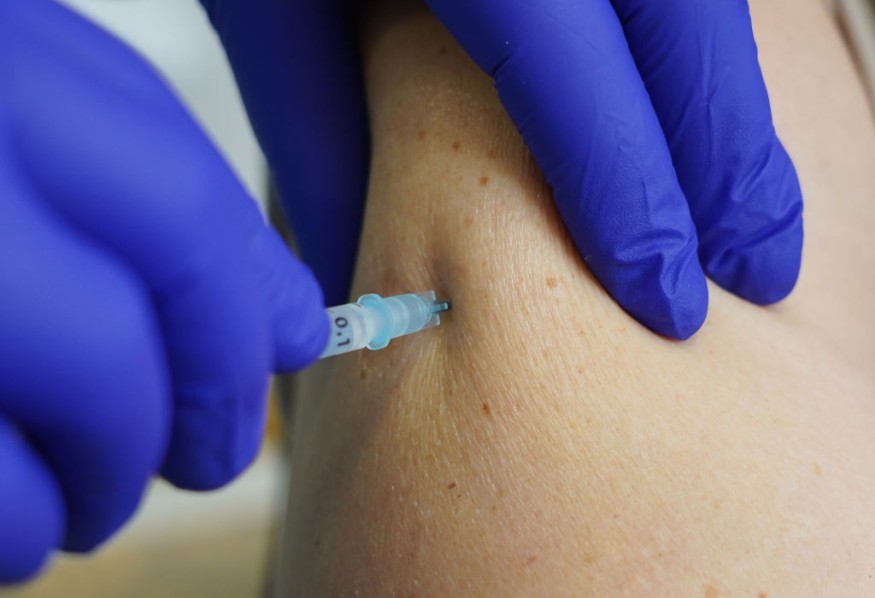These days, as COVID-19 vaccination is on the roll, the sensation upon piercing the skin is somewhat familiar to many. But what happens when a needle pierces the skin or when a sharp object punctures a soft solid?
According to Mirage News, Assistant professor Mattia Bacca from the University of British Columbia and his team sought to find out the mechanisms behind piercing. With his mechanical engineering questions often answered by biological engineering, he looks for the answers from the laws of the natural world, such as examining the abilities of plants and animals and how they can be created into a technological innovation.

Mechanics of Piercing
In the paper, titled "Piercing Soft Solids: A Mechanical Theory for Needle Insertion," published in the Journal of Mechanics and Physics of Solids, researchers explain the mechanisms behind the phenomenon of needle insertion. They describe it as a sharp transition between 'indentation' and 'penetration.'
They differentiated between the two needle-specimen systems based on the force applied by the needle and the axial displacement of the tip of the needle on the material. For instance, it is called an indentation when the needle requires less force. Conversely, it is penetration when the needle displaces beyond a critical threshold.
The scientists think that cutting, like piercing, is important for all animals to survive and live, but it is not well-studied. This led to the team's decision in formulating and proving a mechanical theory that aims to conclude on the critical force necessary for needle insertion and to explain the process of piercing.
According to UBC Engineering's press release, previous research methods in identifying the amount of force required for needle insertion in tissue conducted physical experiments that do not fully measure the deformations and complex failure mechanisms behind soft material breakage such as punctures.
But researchers of the recent study theorized on using a mechanism that can determine the required force to insert a needle or puncture a soft solid.
Their results are based on various animal inquiries. The team of researchers investigated the fundamentals of cutting and how it is related to the morphological evolution of animals. The research is an international collaboration of scientists studying leafcutter ants, muscle physiology, and the interaction between ballistics and gels.
ALSO READ : Lobster Underbellies Inspired MIT Engineers to Make Better Hydrogel for Artificial Tendons
Applications of the Study
According to Mirage News, the new mechanical theory of piercing may help engineers design technology in automation of food processes and robotic surgery and in developing protective equipment.
More so, it may improve people's vaccination experience, especially those suffering from fear of injections or needles - something that is at the top of mind of people who are getting their COVID-19 vaccines.
In a not-so distant future, there could be possibilities of technology based on this theoretical model that could provide options like disposable pads designed with microneedles and can be self-administered, similar to those designed by Dr. Boris Stoeber, which pierce the skin at the right depth and force.
RELATED ARTICLE: Mechanical and Material Engineering Science Will Benefit From the Cooling Method of the Lotus Flower
Check out more news and information on Physics & Math in Science Times.
© 2025 ScienceTimes.com All rights reserved. Do not reproduce without permission. The window to the world of Science Times.











